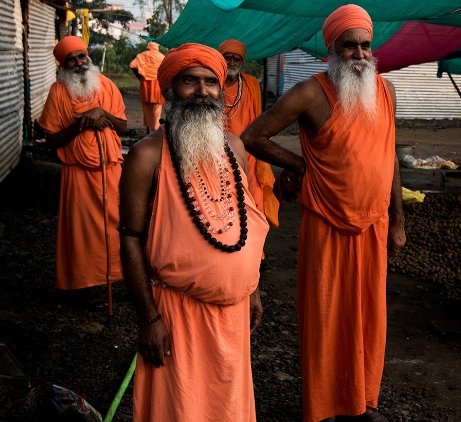Why constitutional nationalism is dangerous for Bharat?


The oldest civilization, our Indic civilization has been attacked several times either by barbarians or intellectually but still our beloved civilizational stands tall. The people of this civilization witnessed how barbarians attacked this holy land, destroyed temples, slaughtered Hindus, and unleashed every possible cruelty upon them. Adding onto this we also noticed how the elite class “intellectuals” fought tooth and nail to whitewash the deeds of invaders and put them into the bracket of secularism. But because of a few dev tulya Hindus like Sita Ram Goel, Ram Swarup, Koenraad Elst this intellectual imperialism never became a total success. Because of these noble men, we bhartiyaas have identified the enemies of our civilization and trying our best to get over them. But are we bhartiyaas overlooking the source which is quietly and steadily curtailing the oldest civilization ?? The longest-written constitution of a sovereign country is often considered to be the best and most secular constitution which is believed to give equal rights to every citizen and group but these praising words stand tall when the same constitution is acting as a way to wash this glorious civilization. Should this constitution be termed a secular constitution when it unleashes discrimination against Hindus? Let’s look at the two articles that stand firmly against Indic resurgence and are Anti-Hindu by their very nature.
Let’s talk of Northeastern states!! Does our Indian constitution have the capacity to save north East from secession? Demographic changes opposite to Hindus bring secessionist movements along with it. Let’s look at the case of the Northeastern states of India. Unfortunately, Delhi did not give much attention to the North Eastern States of Bharat, especially during Congress Era. It won’t be wrong to say historically North Eastern states faced discrimination from the mainland of Bharat. The hills account for about 70% area of the NER and accommodate about 30% of the population and the plains constituting the remaining 30% of the area hold about 70% of its population. The region’s accessibility has always remained weak due to geographical reasons and underdeveloped transport links with the rest of India. The northeast states are also very less developed as compared to mainland Bharat. One of the reasons for the economic backwardness of the NER is the poor state of basic infrastructural facilities like roadways, waterways, energy, and so on as well as social infrastructure like educational institutions, health facilities, etc. But it should also be noted that the situation saw a bright light after the coming of the Bhartiya Janta Party in the state.
These factors have already turned northeastern states into a delicate thread. Plus the Northeastern regions have witnessed a drastic change in demographics after 1951. Northeast India forms a major region of Christian concentration in India today. Of the 2.78 crore Christians counted in 2011, 78 lakhs are in the northeast (including Assam). This is the largest concentration of Christians in India after the coastal region stretching from southern Tamil Nadu and Kerala to coastal Karnataka, Goa, and Maharashtra.But unlike other regions, the spread of Christianity in the northeast is almost entirely a phenomenon of the twentieth century. Much of the Christian expansion in the northeast occurred during 1931-51, and more prominently during 1941-51.
Manipur as a state holds 41.29 percentage of Christians with Hindu population of 41.39. Almost all Northeastern shows the same demographics. Christian missionaries are operating in large numbers in north eastern parts of Bharat with an intention of changing the demographics. When a person changes his religion, not only does his method of worship changes but also his relationship with land, water, forest also goes a tectonic change. Na kare Narayan if the demographics of North Eastern States changes and Christians come in majority, Bharat will see a rise in seperatist movements in geometric progressions because a hindu from northeastern Bharat considers the land of Bharat sacred and will never raise his voice to cut his Ma Bharti but when he converts, unfortunately he shares no relation with the land. After conversion to Christianity, this land is no more sacred to him. His only connection and faith lies with Jesus. Therefore if Christians comes in majority in the North Eastern states of Bharat, they will raise their demands for a seperate Christian nation same like we saw in 1940s and Bharat might go a second wave of partition.
DISCLAIMER: The author is solely responsible for the views expressed in this article. The author carries the responsibility for citing and/or licensing of images utilized within the text.
